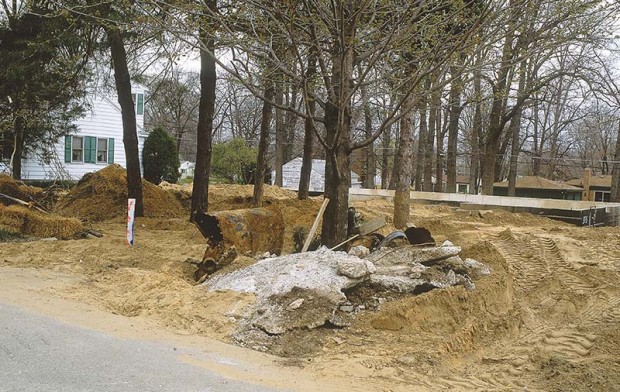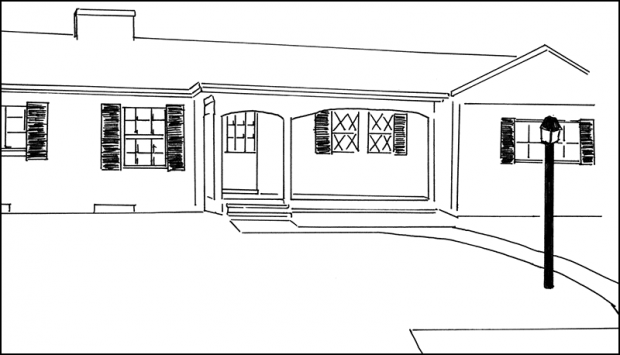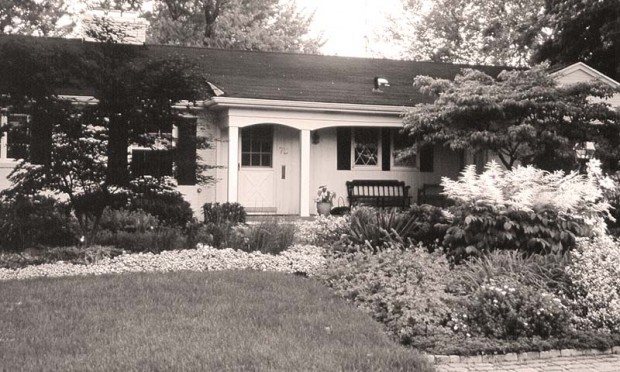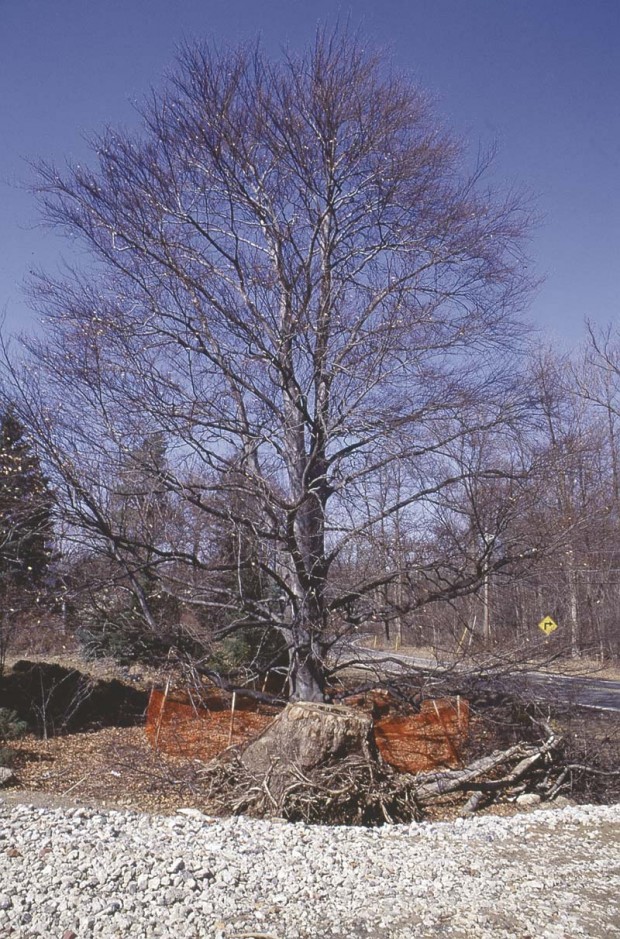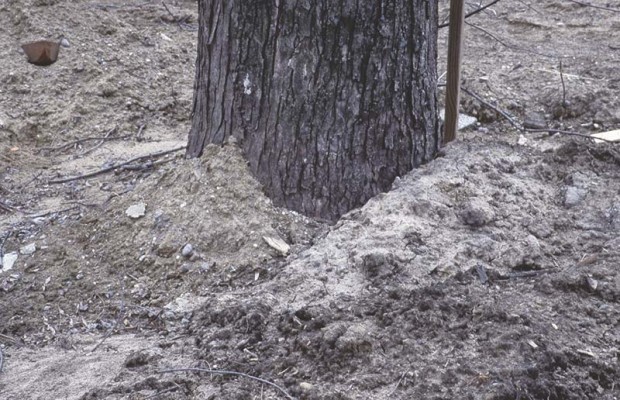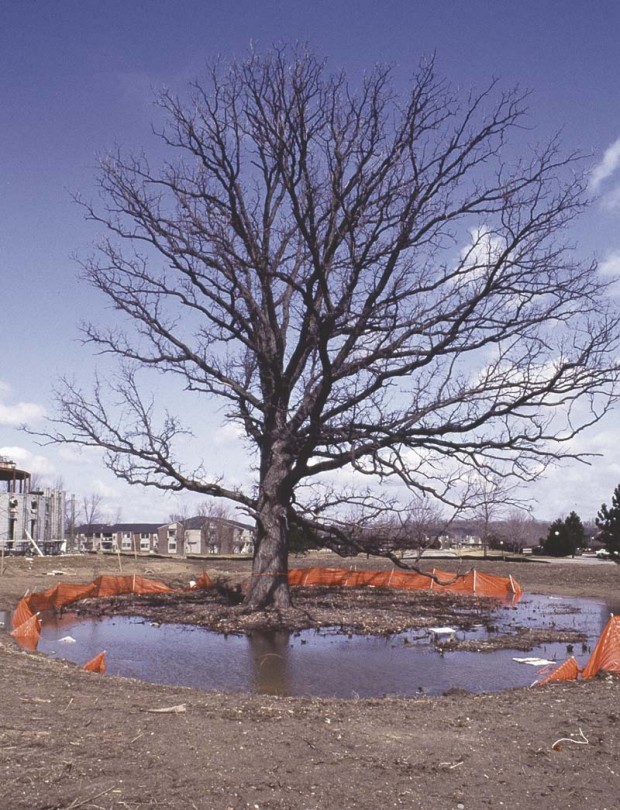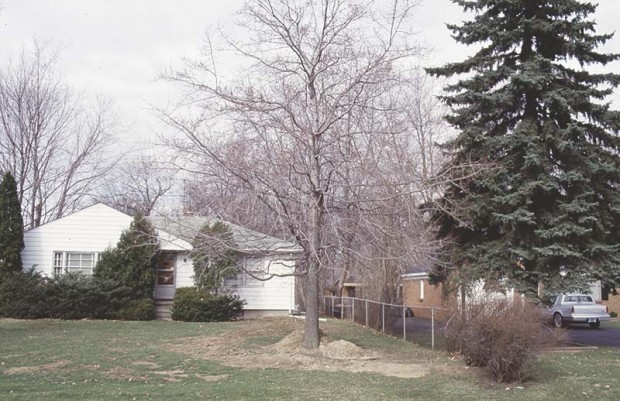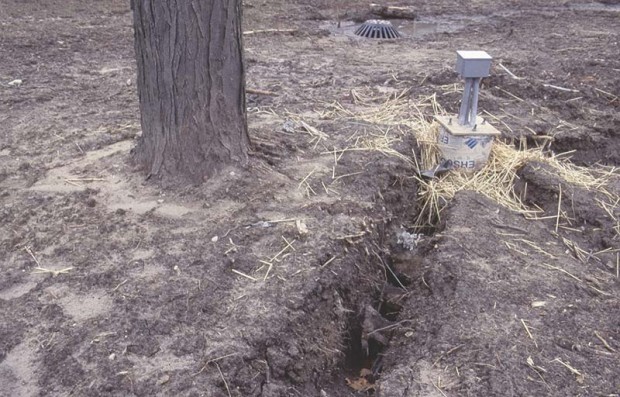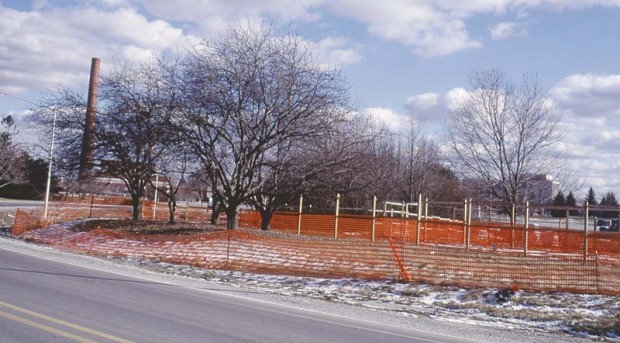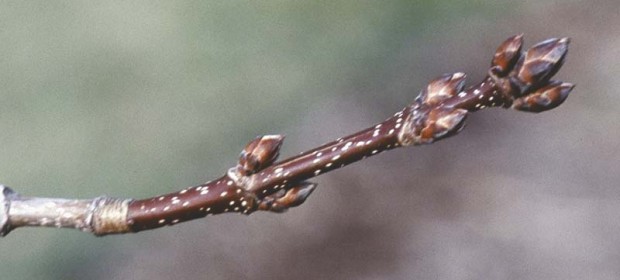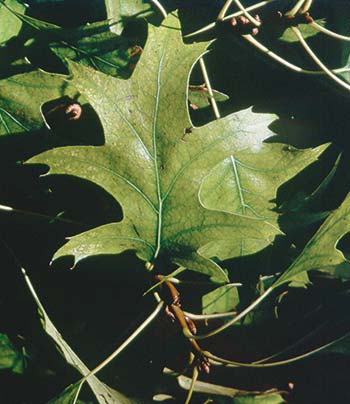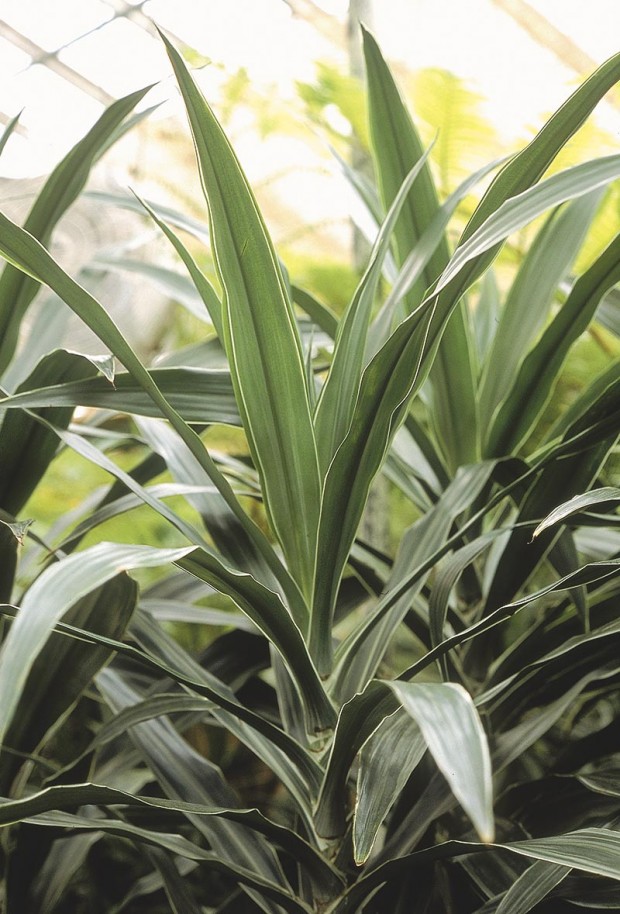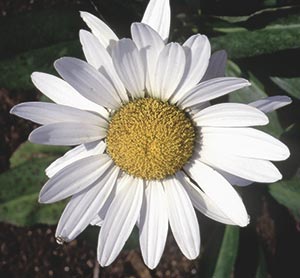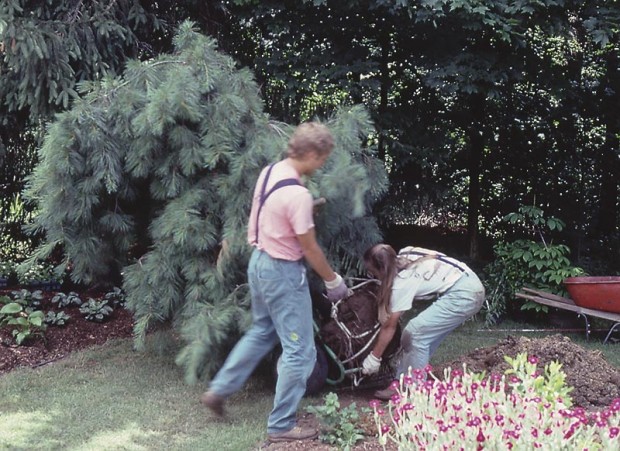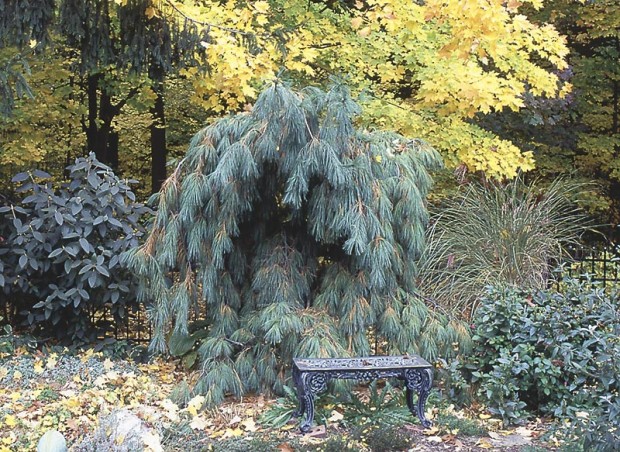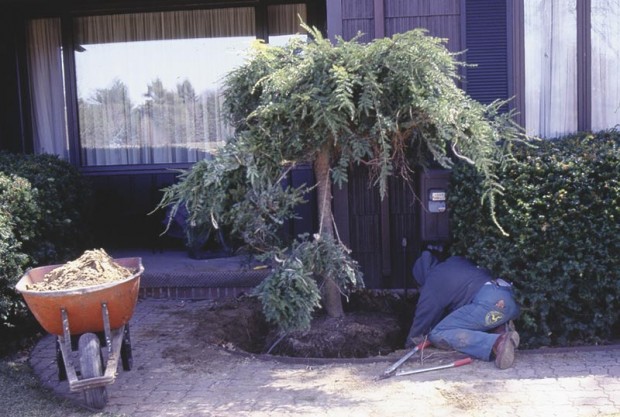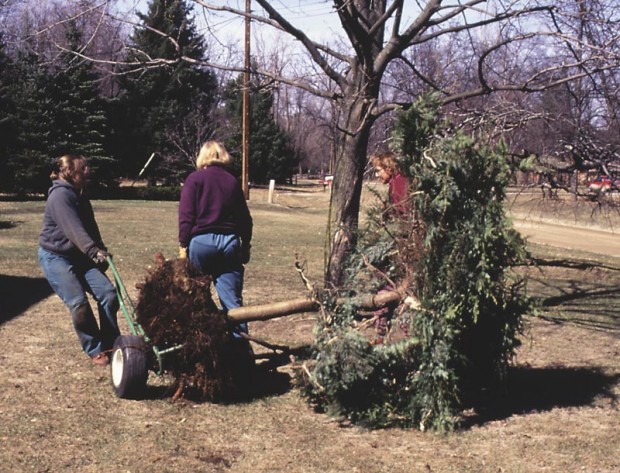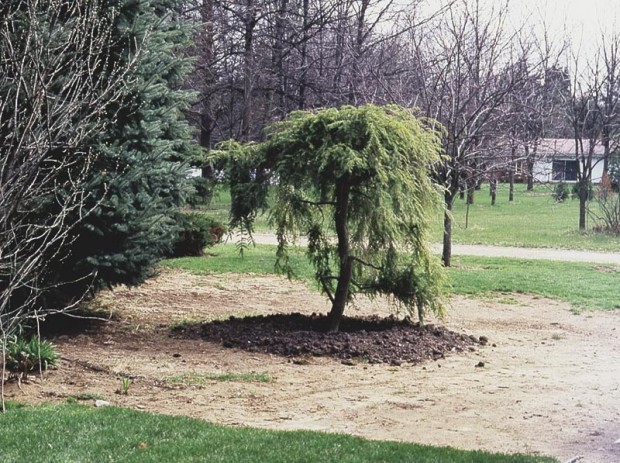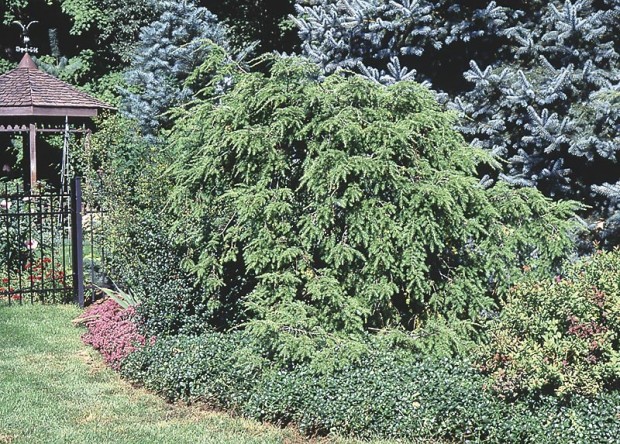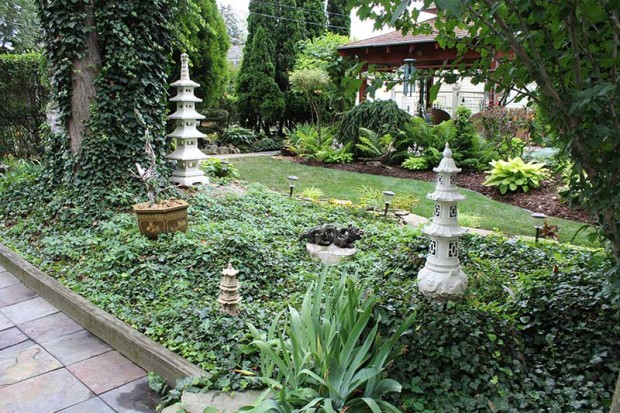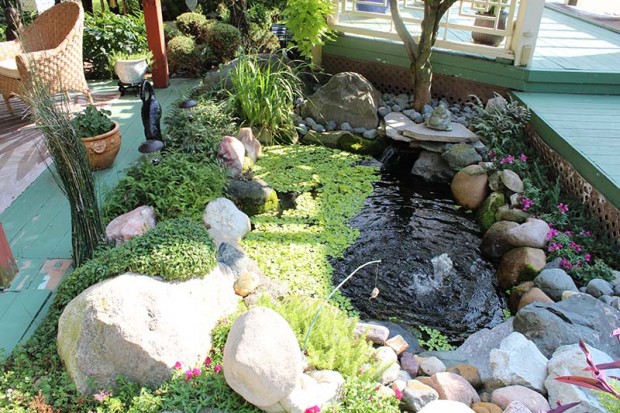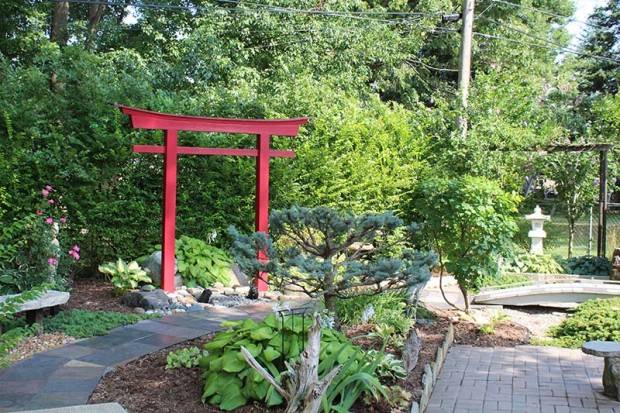One of the most frequently used words to describe a columbine is “nodding.” The flowers are described as either nodding or upright, with a short, broad tube in front and backward projecting spurs. All columbines flower in spring or early summer and prefer rich soil in light to moderate shade with plenty of moisture. Many of the species are short-lived, especially if the drainage is poor. Aquilegia canadensis, a popular variety in garden centers, is native to eastern North America and found in moist, shady areas. The 1-1/2 inch flowers are nodding, appear in early spring, and continue blooming for about 6 weeks.
Why does your columbine droop and nod over in your garden? That is probably its nature. Planting a sturdier plant which blooms later, in front of the columbine, may help it stand up.

